(Dan Tri Newspaper) - Several common types of flowers are edible and provide nutritional value to health, such as marigolds, marjoram, dill, hibiscus, etc.
Lavender
Lavender has a pleasant citrus scent. It's often added to baked goods, teas, and beverages. The benefits of lavender oil are well-known, including its ability to reduce anxiety and promote restful sleep.
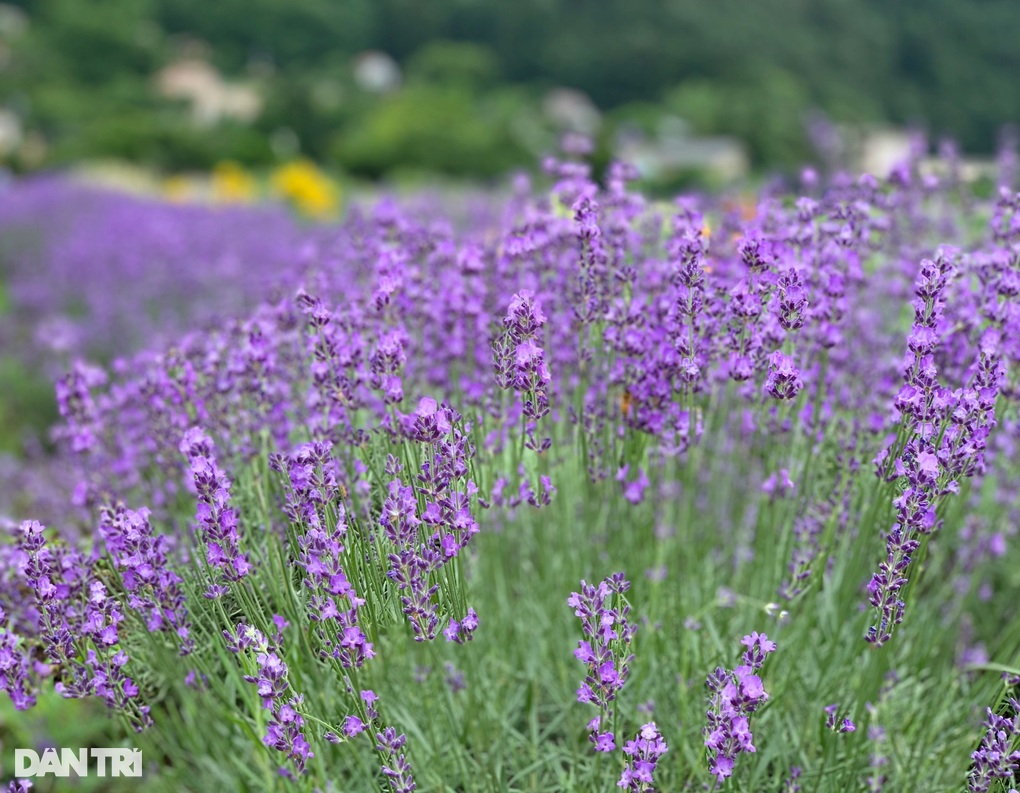
Lavender is used in many places to make tea and ice cream (Photo: Hong Hai).
Despite its many benefits, research on lavender is relatively limited. Studies suggest that lavender tea helps reduce depression and anxiety. Lavender is also commonly used for digestive issues such as bloating or nausea.
Marigold
According to Nguyen Tri Phuong Hospital (Ho Chi Minh City), chrysanthemums are also edible flowers. They are an antiviral herb with anti-inflammatory properties due to their flavonoids. Research indicates that the antioxidants in chrysanthemums protect the body from damage caused by free radicals and pro-inflammatory compounds such as cytokines.
This flower also contains linoleic acid, a powerful anti-inflammatory agent.
Hibiscus

Hibiscus flowers are often used to make tea (Photo: Tú Anh).
Hibiscus flowers, with their deep red color, are commonly used to make tea. Traditional hibiscus tea is made from the dried flower heads. Hibiscus flowers are known to help support healthy blood pressure and cholesterol levels. They also contain antioxidants, particularly anthocyanins and polysaccharides.
Dill
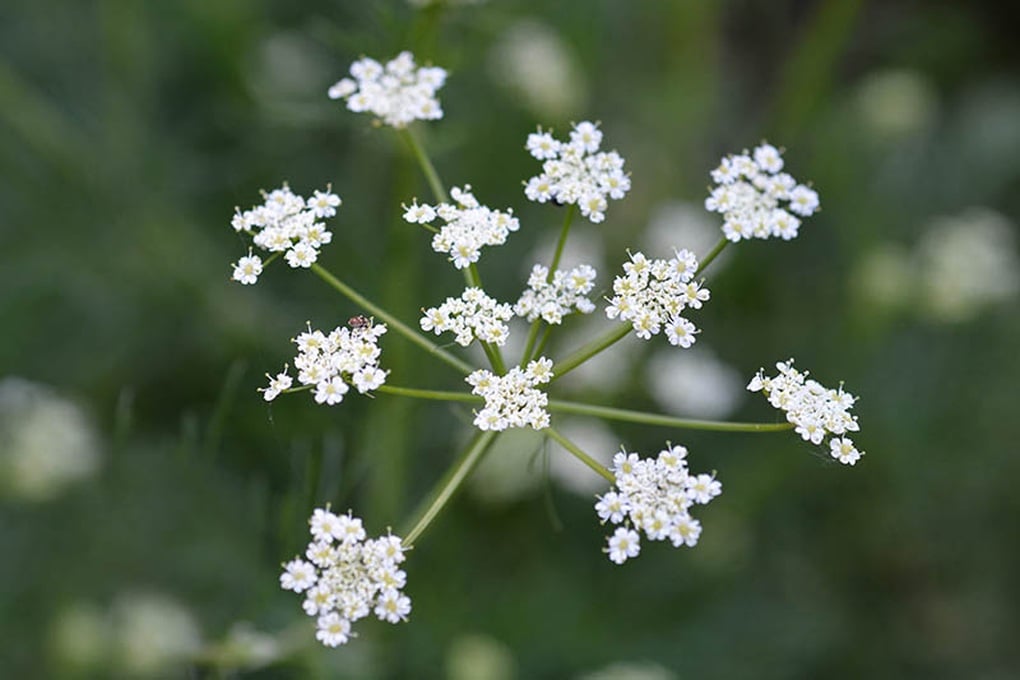
Dill flowers are also edible and rich in antioxidants (Photo: Garden).
The entire dill plant is edible, from its leaves and stems to its flowers. Like many edible plants, it is rich in antioxidants and helps reduce free radical damage and premature aging.
Studies show that dill contains phenolic compounds that increase from the leaves to the flowers, especially when the flowers are young. The greatest benefit of dill is its ability to aid digestion. Chewing the seeds can help stimulate digestive secretions, and the stems are rich in fiber.
Dandelion
Dandelions are often considered a weed, but their nutritional value is also impressive. Mature dandelion flowers develop into white spheres containing seeds and fine hairs. Both the flowers and leaves of the dandelion are edible and contain high levels of vitamin A, which helps improve eye health, boost immunity, and promote healthy skin.
Blue dandelions and their flowers are also used to make tea or added to sauces.
Chrysanthemum tea
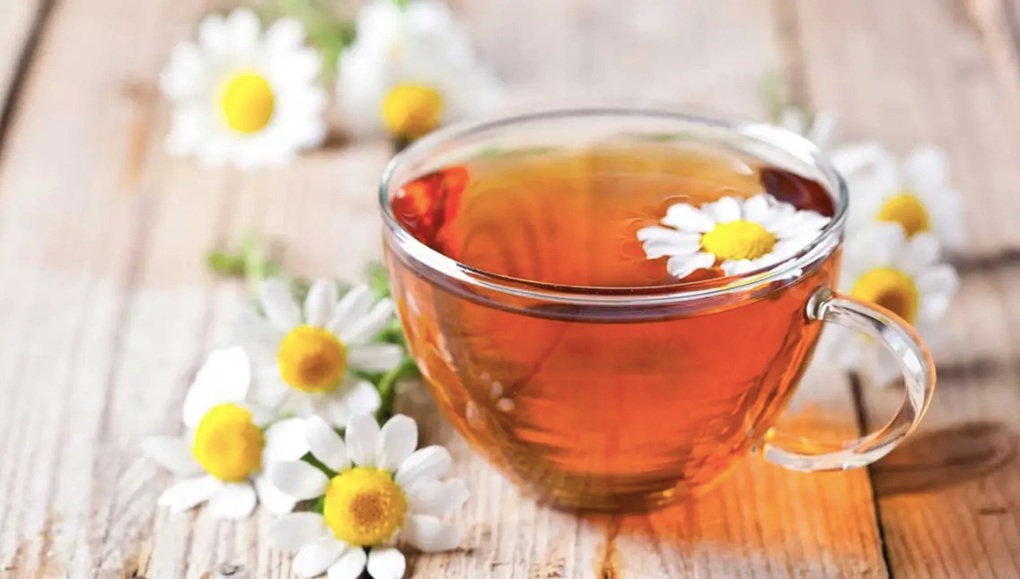
Chrysanthemums are often used as an herbal tea to help increase longevity (Photo: Healthline).
Chamomile is often used as an herbal tea to promote longevity. It has anti-inflammatory, laxative, sleep-improving, and anti-menstrual pain relief effects, as well as reducing nasal congestion. Chamomile is rich in antioxidants, which remain intact even when dried.
Water lily
The water lily is a medicinal herb that has been used for centuries in southern Africa. It's a flower that comes in many colors, from red and yellow to orange. Every part of the plant is edible and contains vitamins C and A, and antioxidants like lutein.
Water lilies can help improve eye and skin health by protecting against free radical damage. Water lily extract has antibacterial properties and is a natural antibiotic. Water lilies are also used in salads.
Sage
Sage is a perennial shrub that produces edible white or bluish-purple flowers. The flowers are often used to make tea or for decoration. In folk medicine, sage is used to treat gout, inflammation, diarrhea, and ulcers. Studies have shown that it can also help reduce heartburn and improve cognitive function.
Preservatives
Marjoram is an aromatic herb that can be used to make tea in some regions. It has a scent similar to oregano but is milder and sweeter. Both the flowers and leaves of marjoram are edible and help stimulate saliva production, which is good for digestion. Marjoram tea is effective in relieving constipation, diarrhea, and bloating.
Source: https://dantri.com.vn/suc-khoe/9-loai-hoa-co-the-an-duoc-tot-cho-suc-khoe-20250118075404091.htm







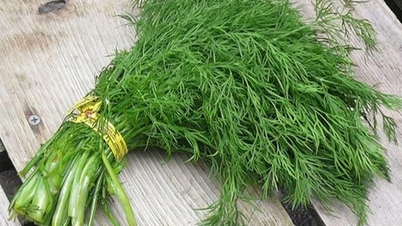
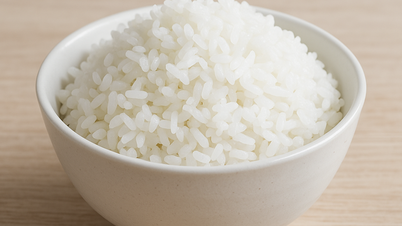

























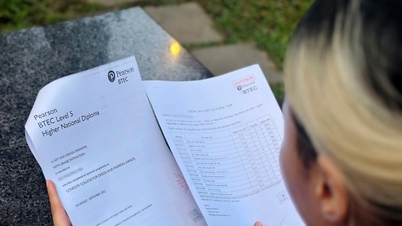



















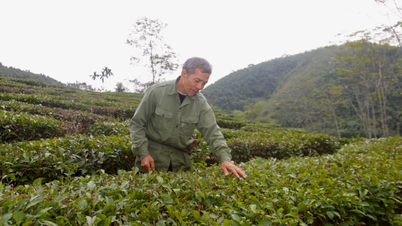



































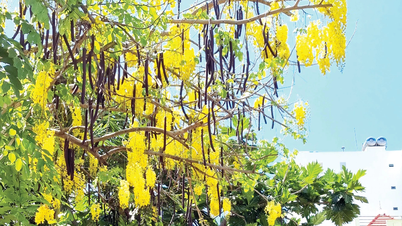


















Comment (0)